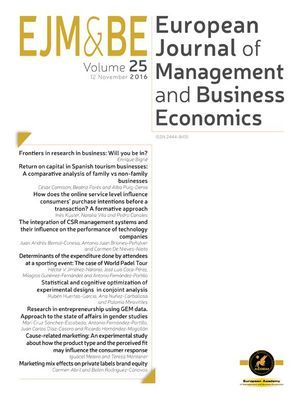El objetivo de este trabajo es analizar los efectos directos de la localización de las empresas en parques científicos y tecnológicos y de la cooperación en I+D+i en la innovación de las empresas. Los resultados obtenidos con una muestra de 784 empresas españolas han permitido confirmar, por una parte, que las empresas situadas en parques científicos y tecnológicos son más innovadoras en aspectos organizativos y comerciales y, por otra, que las empresas que cooperan en I+D+i también realizan más innovaciones de producto, de proceso, organizativas y comerciales que las que no cooperan.
The aim of this paper is to analyze the effect of locating in science and technology parks and R+D+i cooperation on innovation. For this we have selected a sample of 784 companies, of which half are located in science and technology parks. Results show that companies located in a park are more innovative in the organizational and commercial activities, and companies that cooperate in R+D+i are more likely to be innovative in both product and process, as well as organizational and commercial aspects.




